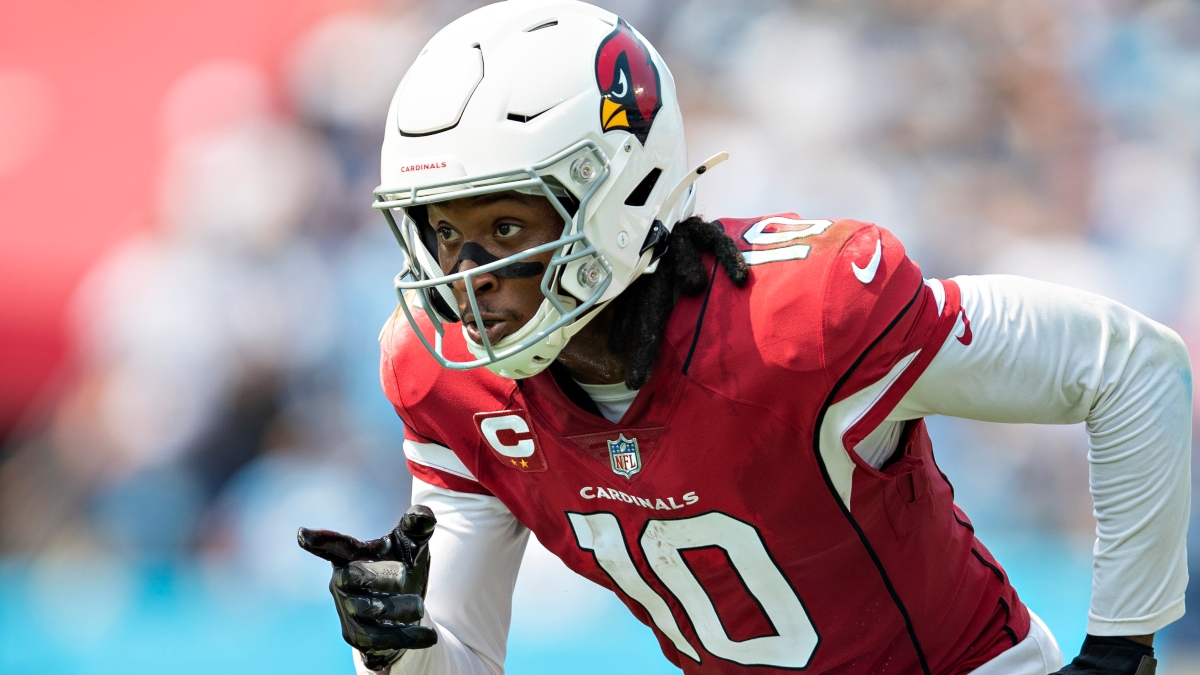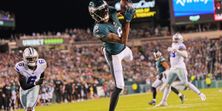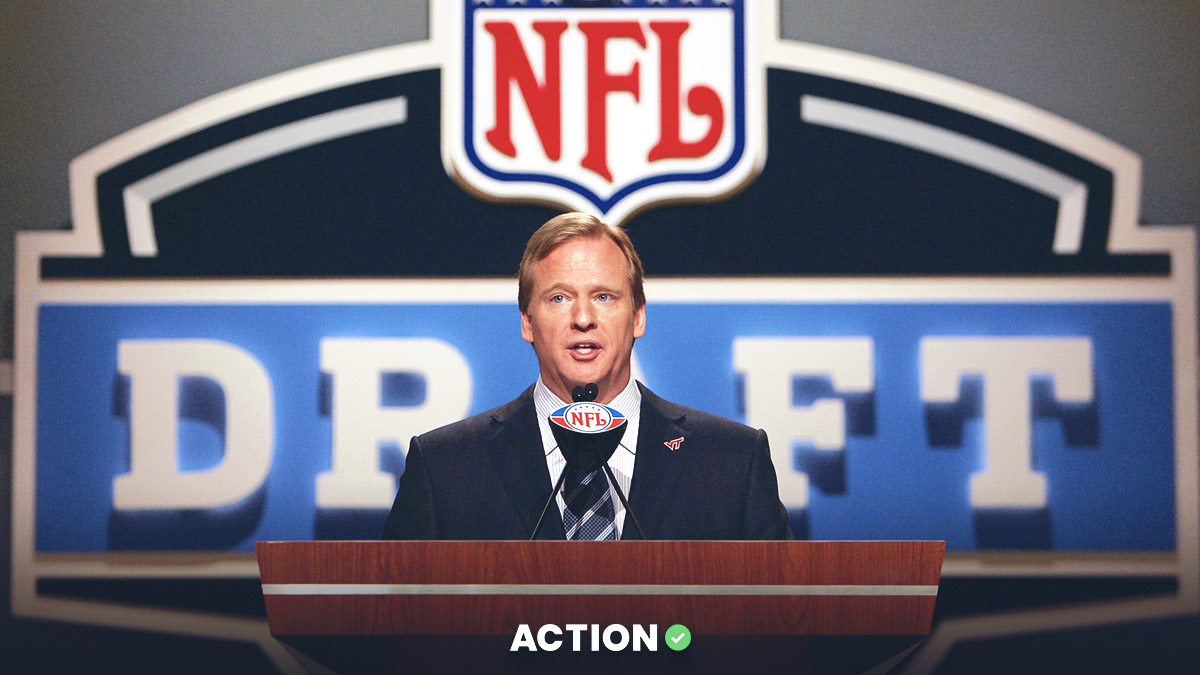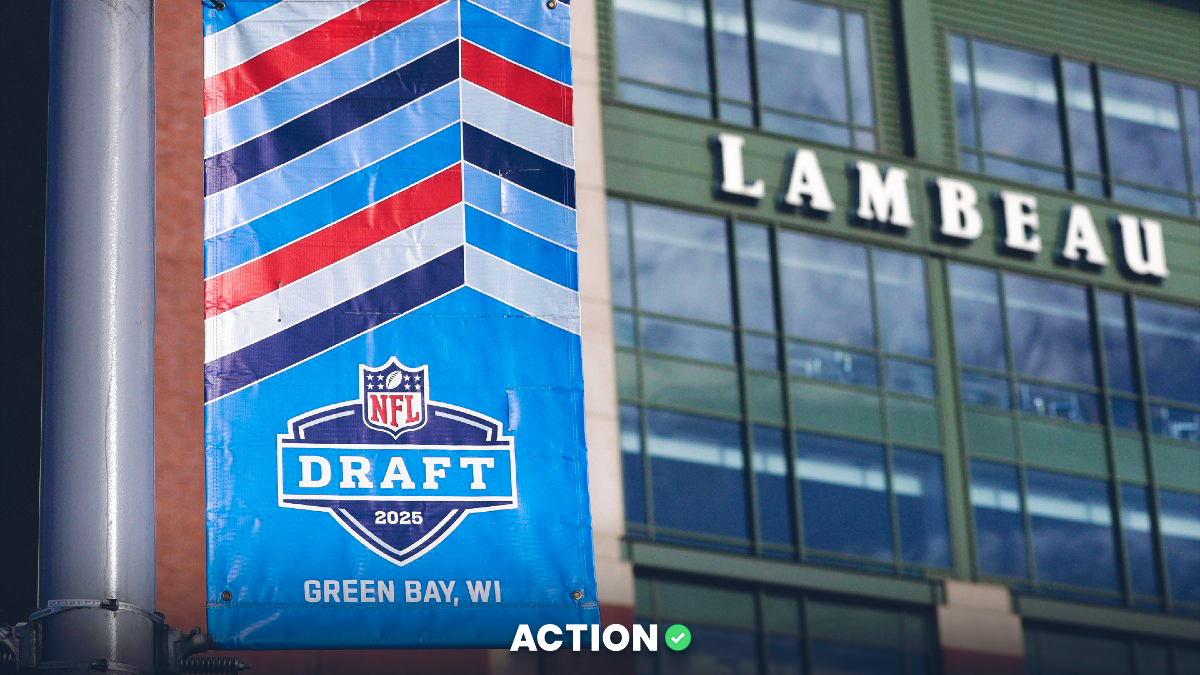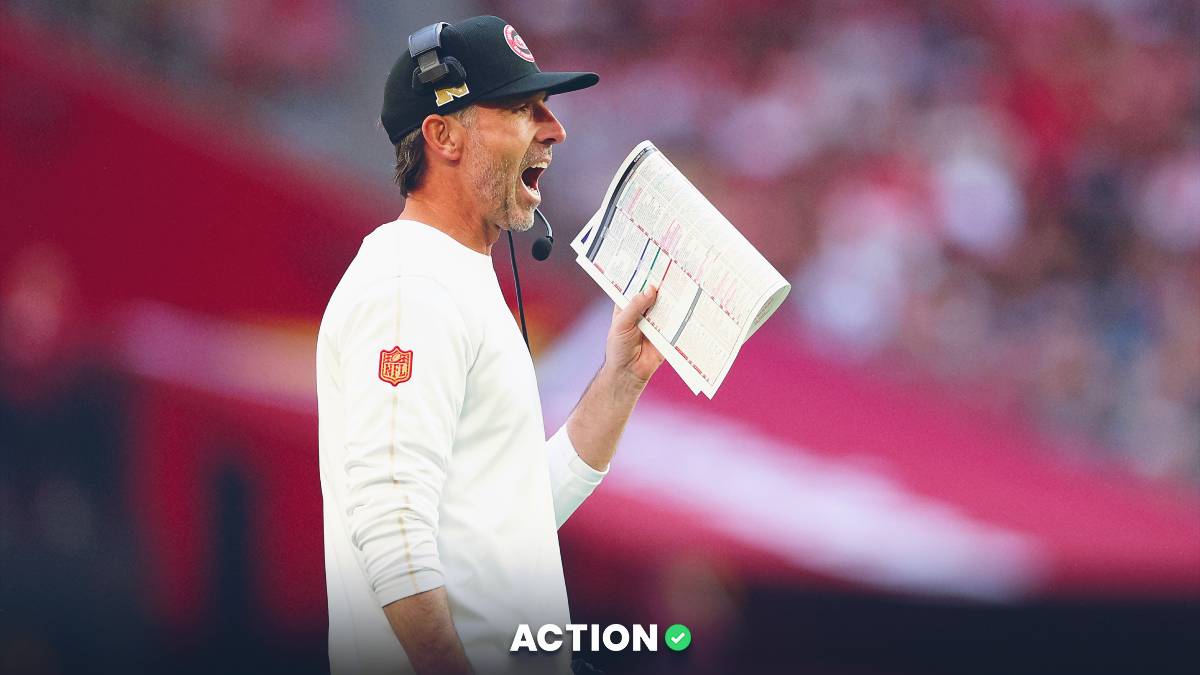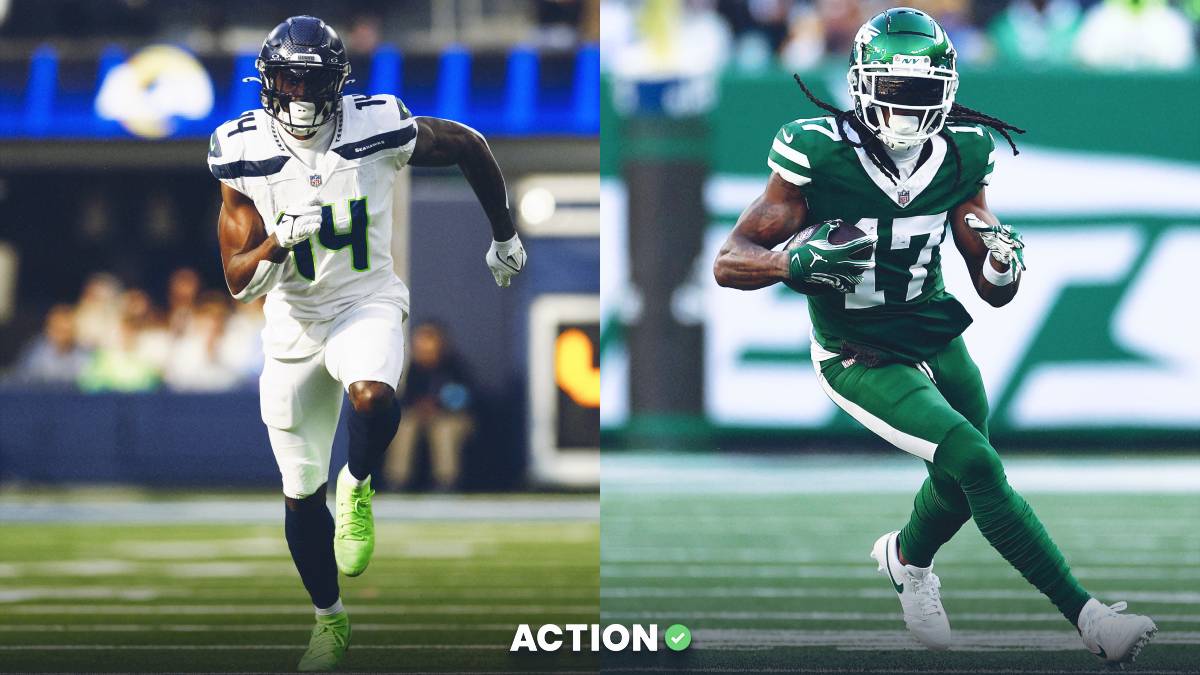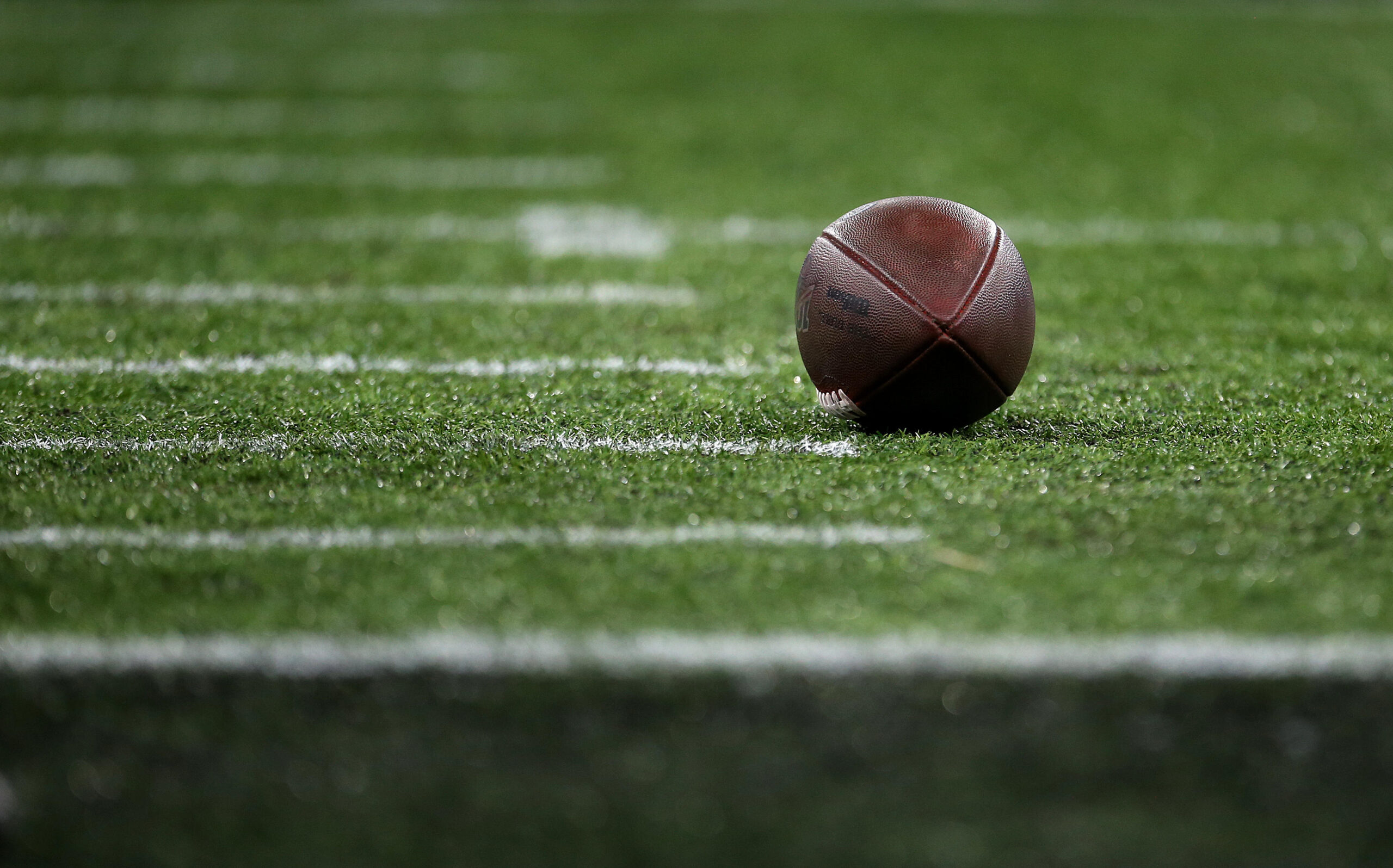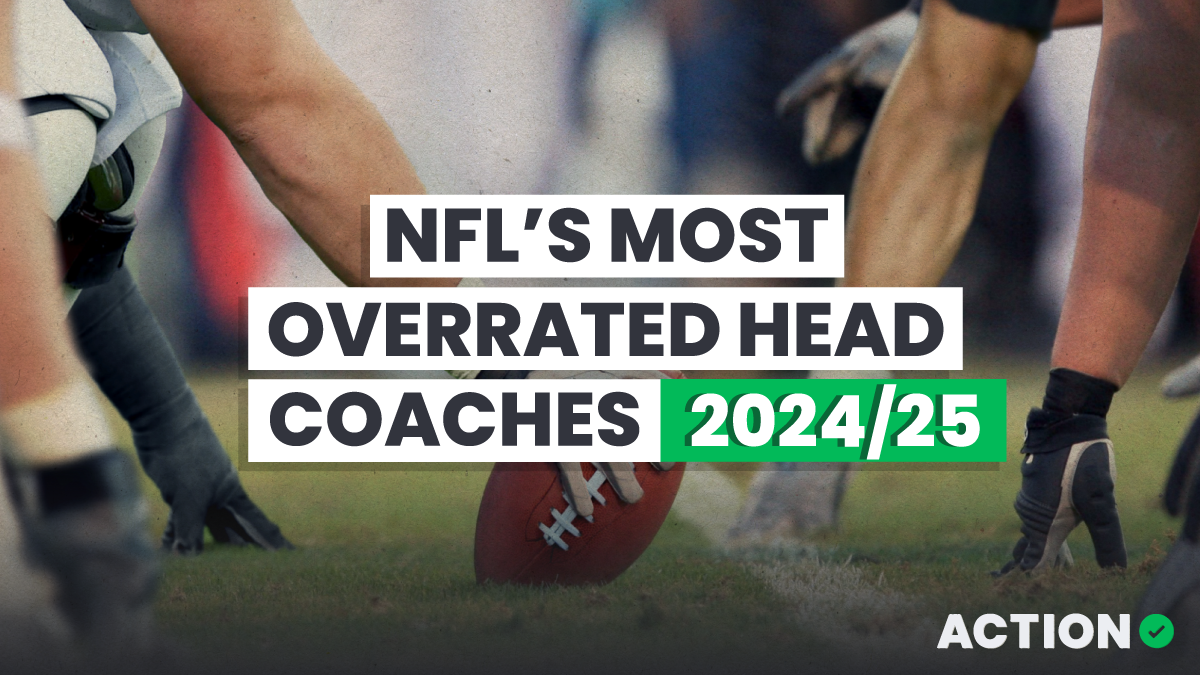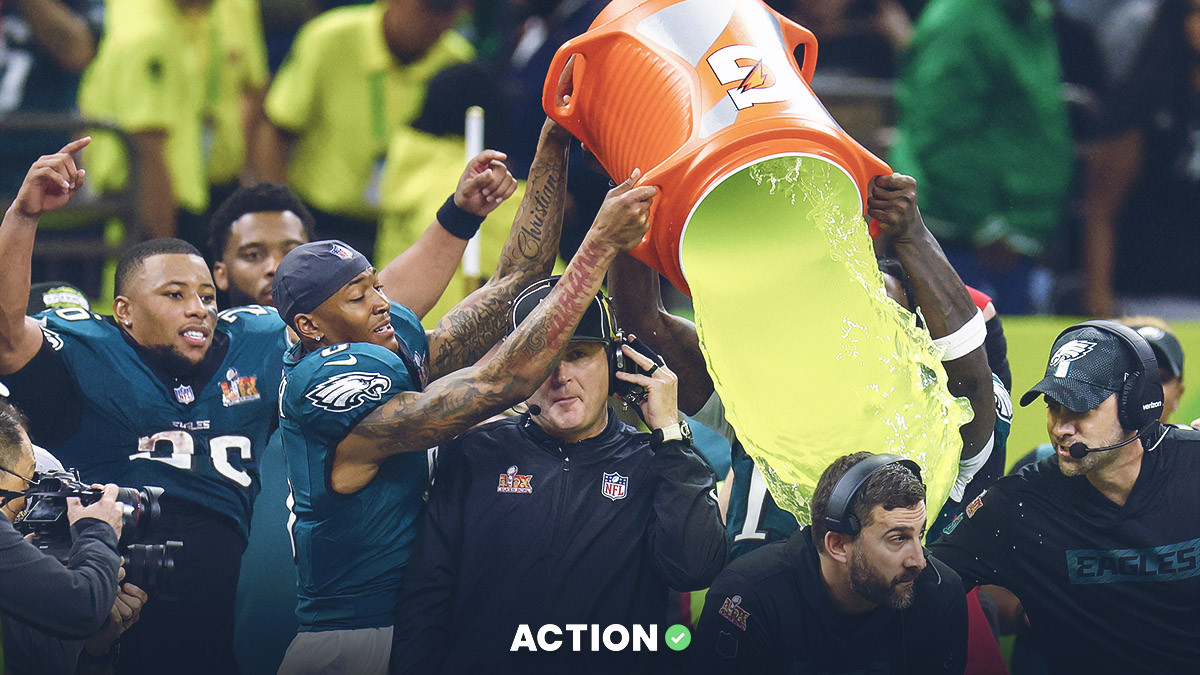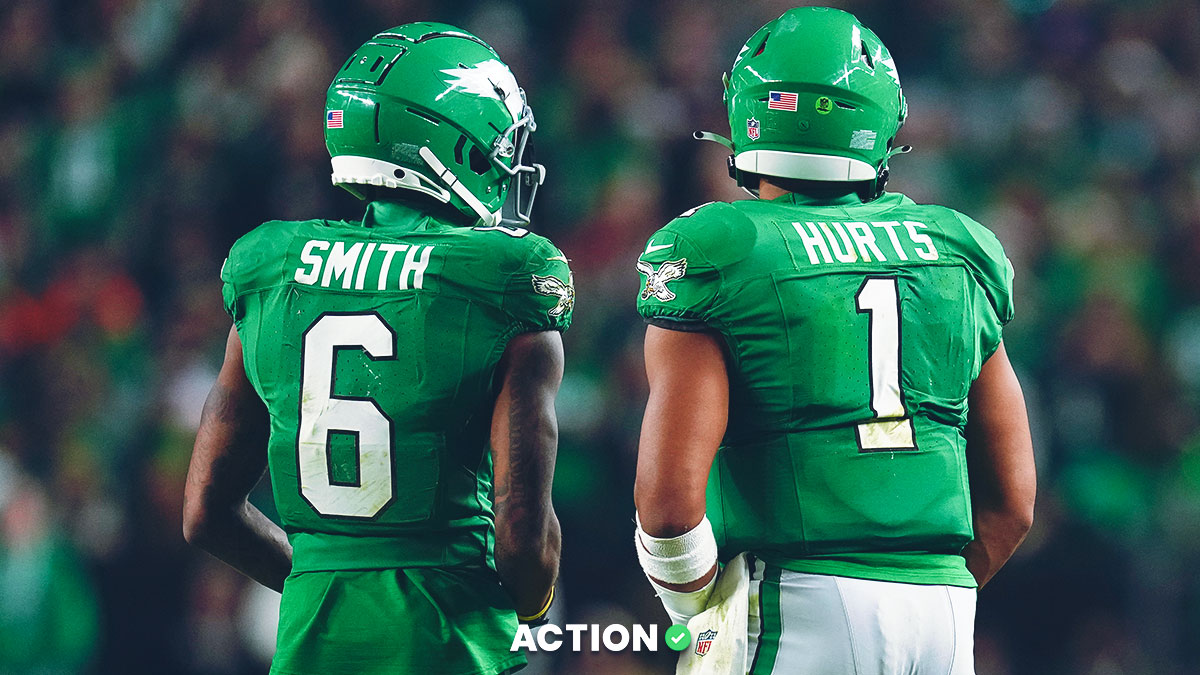The Cardinals' wide receiver room is in a major state of flux heading into Week 7. Amid chaos, opportunities can present themselves for others to step into new roles.
The crux of the chaos is how the team will fill the gaping void left by star wideout Marquise Brown. The 2019 first-round pick has been the Cardinals' top wideout since joining the team via an in-draft trade from the Ravens this April. Brown is coming off of a banner season for Baltimore in which he caught 91 of 146 targets for 1,008 yards and six touchdowns, finishing as the WR22 in half-PPR scoring.
Brown was on-pace for an even stronger season this year, tallying 38 catches for 417 yards and three touchdowns. He is out indefinitely with a foot injury he suffered in Week 6 and is expected to miss six weeks, or the vast majority of the fantasy regular season.
Brown's absence will be felt by the Cardinals and fantasy managers alike, as he currently leads the team in every receiving category. The good news is that the Cardinals activated three-time first-team All-Pro receiver DeAndre Hopkins on Monday following a six-game suspension for the use of performance-enhancing drugs. He is expected to become the team's No. 1 option with Brown out of the picture.
Hopkins, 30, struggled with injuries in his second season with the Cardinals in 2021 and missed seven games due to hamstring and MCL injuries. He caught 42 passes for 572 yards and eight touchdowns in that span, showcasing a rapport with quarterback Kyler Murray — especially in the red zone.
Before last year, Hopkins tallied no fewer than 1,165 receiving yards in six of his seven seasons and earned five Pro Bowl nominations as a member of the Texans. He is the wide receiver to roster on this team for fantasy and should be considered a WR2 with upside rest-of-season in an offense that ranks top three in passing attempts.
Hopkins returning should be a palpable boost for Murray, who has averaged 9% more passing yards per game with Hopkins on the field versus not.
In the near term (and possibly longer), I expect second year wideout Rondale Moore to benefit by remaining heavily involved in Arizona's passing attack. The Cardinals play on Thursday night against the Saints, meaning Hopkins will have a very limited number of practices with the team.
Moore, 22, missed the first three games of this season nursing a hamstring injury and has looked strong since his return. In Weeks 5 and 6, the Purdue product tallied 13 catches on 18 targets for 117 total yards and clearly won his job back from 2019 undrafted free agent Greg Dortch. Moore offers a ton of upside — especially in PPR formats — as the primary slot target for Murray.
Last season, Hopkins' production primarily came from his high touchdown rate, not volume. Hopkins averaged just 6.4 targets and 4.2 catches per game last season, which should leave plenty of targets to go around for Moore (and others). He should be considered a WR3/flex play moving forward with additional value in full-PPR scoring.
The Cardinals also picked up Panthers wideout Robbie Anderson this week, who was essentially booted from the team mid-game against the Rams after a verbal confrontation with Carolina's receivers coach, Joe Dailey. Anderson had already been rumored to be on the trading block, and it appears his sideline meltdown was the coup de grâce.
The move, which may be the beginning of a fire sale in Charlotte, was timely given the extent of Brown's injury. That said, I don't expect Anderson to move the needle and suddenly vault into fantasy relevance.
Anderson struggled in 2021, tallying 53 catches for 519 yards and five touchdowns and finishing as the WR56 in half-PPR scoring. His best season came back in 2020 when he caught 95 passes for 1,096 yards and three touchdowns and was the WR17.
This season, Anderson is the WR72 after participating in 0% of snaps in Week 6. The upgrade at quarterback is undeniable, as Murray will be the best signal-caller Anderson has played with after four seasons on the Jets and two-plus seasons with the Panthers. This should help marginally, though the Temple product has always been boom-or-bust, rendering him unreliable for season-long, non-best ball formats.
Anderson profiles similarly to Brown in the sense that both are fast (sub-4.4 speed), line up primarily outside and have big-play potential, though the similarities stop there. He has struggled with consistency throughout his career, and I cannot imagine the 29-year-old developing into anything past a deep-league Hail Mary for fantasy purposes at this stage in his career.


